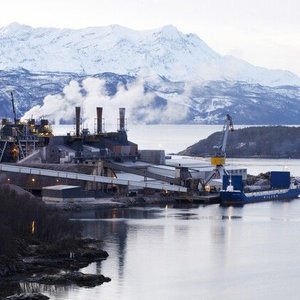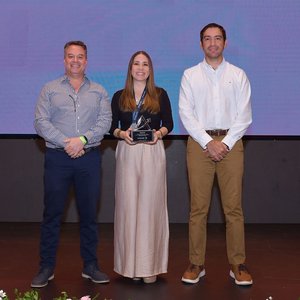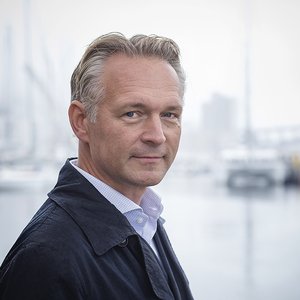Salmon healthy on blended feeds
Less than 10 years ago, salmon could not tolerate the slightest amount of vegetable matter in their diet. Today, the fish thrive on balanced feeds comprising 70-80 per cent plant ingredients. How was this made possible, and are salmon still as healthy?
The latest issue of the HAVBRUK program newsletter is devoted to the groundbreaking research that is revolutionizing the fish feed industry, taking a great leap towards sustainable salmon production.
Farmed salmon currently consume diets of peas, soybeans and rapeseed. Researchers at the Norwegian University of Life Sciences (UMB) in Ås, Norway, are hopeful that one day soon salmon will also be eating bacteria raised on North Sea natural gas or on by-products of the pulp and paper industry. Also on the menu are the seeds of the ornamental lupin plant and algae grown on little more than CO2 and sunlight. Salmon fed these ingredients will remain part of a healthy diet for humans and a vital source of omega-3 fatty acids.
Sustainability and rising prices
A vast amount of research and innovation on fish feed has been carried out in the past decade. An emphasis on sustainable aquaculture, along with soaring prices for fishmeal and fish oil for feeds, have prompted a great many advances.
The aquaculture industry has undergone strong growth in Norway as well as in other countries, particularly in Asia. Aquaculture is now the world’s fastest growing method of producing animal-based food.
This growth puts added pressure on scarce resources of industrial fish for use in animal feed. In 2010 global demand for fish feed reached 20 million tonnes – a figure set to rise sharply in the coming years and drive the price of industrial fish higher still. Back in 2001, fishmeal sold for USD 400 per tonne; by spring 2010 the price had climbed to USD 1 700.
Research and development on feed has been a high priority for years, not least in Norway. Innovation activities on a number of fronts have made today’s aquaculture industry far more sustainable in terms of feed supply compared to just a few years ago. But many improvements are still possible.
Tasty alternative protein sources for fish feed
Eight years ago, researchers at the Aquaculture Protein Centre (APC) in Ås, Norway, began trials feeding varied proportions of soybeans to salmon. Carnivores by nature, the fish developed serious intestinal damage on diets with as little as 10 per cent soybean. APC researchers are now confident that this same species of salmon can live on feed containing at least 50 per cent vegetable protein with no ill effects. Read more.
Vegetable-fed salmon still yield healthful fat
Researchers in the large-scale EU project AquaMax believe that fully 70 per cent of the fish oil and 80 per cent of the marine proteins in conventional salmon feed can safely be replaced with plant ingredients. Such a diet appears to have no effect on fish health, and the salmon fillets remain a good source of healthful fatty acids for humans. Read more.
Bad combination
Anti-nutrients in the plants used as fish feed ingredients are a key obstacle to overcome if salmon and other production fish are to become vegetable-eaters. A research project headed by international feed producer BioMar has identified plant anti-nutrients and studied their effects on salmon. The exciting results concur with research carried out at APC: obtaining a viable feed composition is contingent upon finding the proper combination of the different plant ingredients. Read more.







